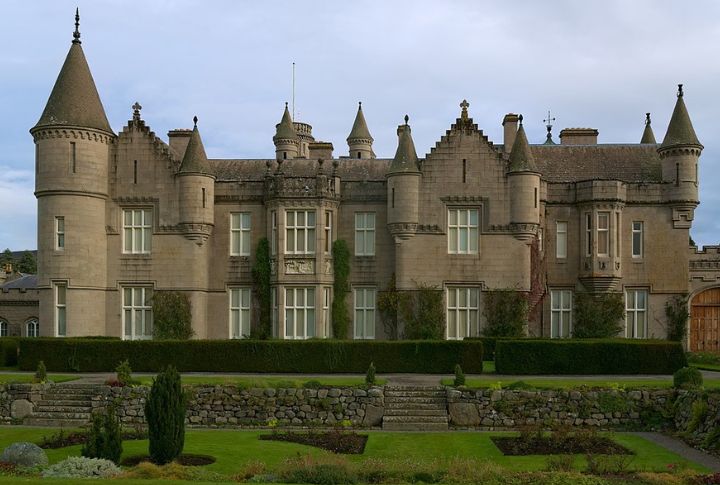
The British Royal Family’s properties aren’t just extravagant estates. Each one serves a distinct role. Some support official obligations, while others offer personal comfort or preserve the royal legacy. So, what makes them special? Well, it’s not jewels but the stories (hidden and public). If you’re curious, here’s a closer look at the 20 homes owned by the British Royal Family.
Buckingham Palace

Buckingham Palace is the monarchy’s administrative heart. The sovereign conducts official affairs from within these grand halls. State visits unfold here, and prime ministers arrive weekly. Its central location in London makes it practical, but its public facade masks a very private, family-oriented residence behind the gates.
Windsor Castle

Can a castle really feel like home? For Queen Elizabeth II, Windsor Castle always did. It offered a steadier pace outside London and security dating back to William the Conqueror. Its dual purpose as a fortress and a royal dwelling makes it one of the most historically rooted royal strongholds still in use.
Sandringham House
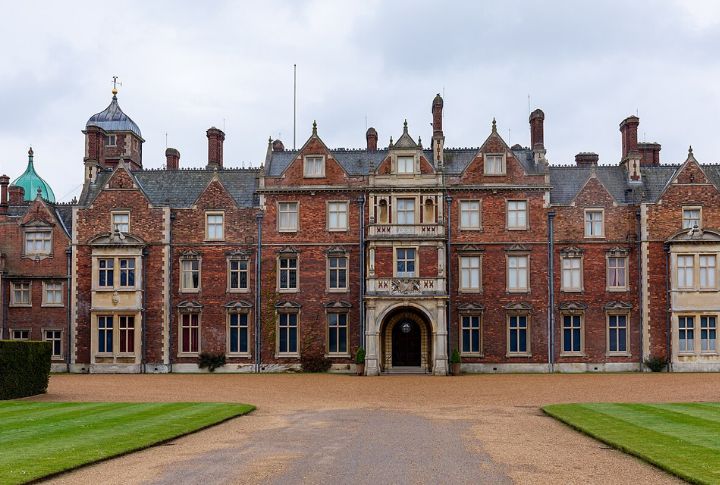
Privately owned and deeply loved, Sandringham House in Norfolk carries emotional weight. It’s where the Royal Family gathers during Christmas. Queen Elizabeth II often stayed here for extended winter periods. The estate’s rural seclusion provides privacy that only a few royal venues offer. This makes it a personal holiday retreat as much as a family hub.
Balmoral Castle
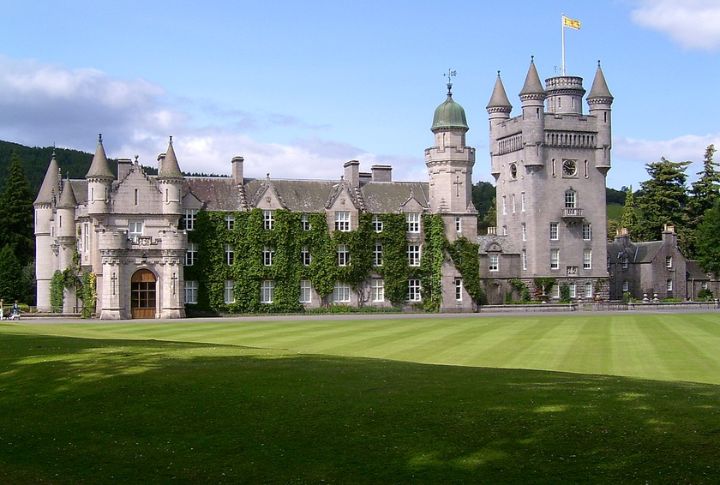
Balmoral Castle remains the family’s summer anchor in the Scottish Highlands. Victoria adored it, Elizabeth cherished it, and Charles preserved it. The rugged terrain and expansive acreage create unmatched isolation. What began as a gift has become one of the most fiercely protected and emotionally significant royal holdings.
Clarence House
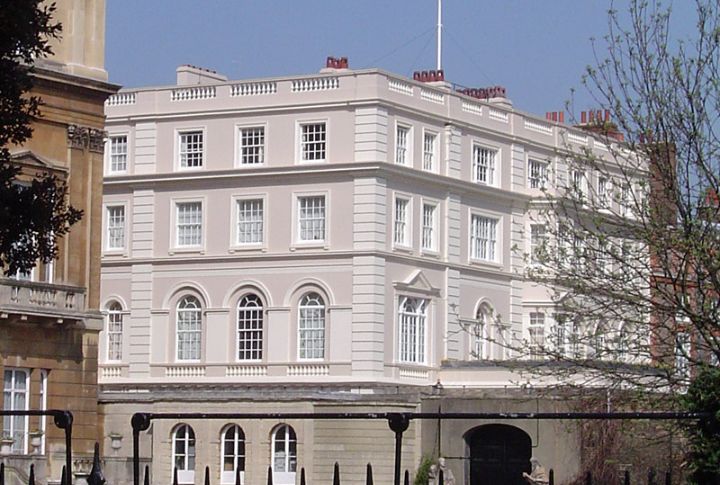
Clarence House remains a practical royal residence. Once home to Queen Elizabeth, The Queen Mother, it later housed Prince Charles and now Queen Camilla. Its efficient layout supports working royals with offices on-site, offering understated elegance that suits today’s modern and duty-driven monarchy.
Kensington Palace
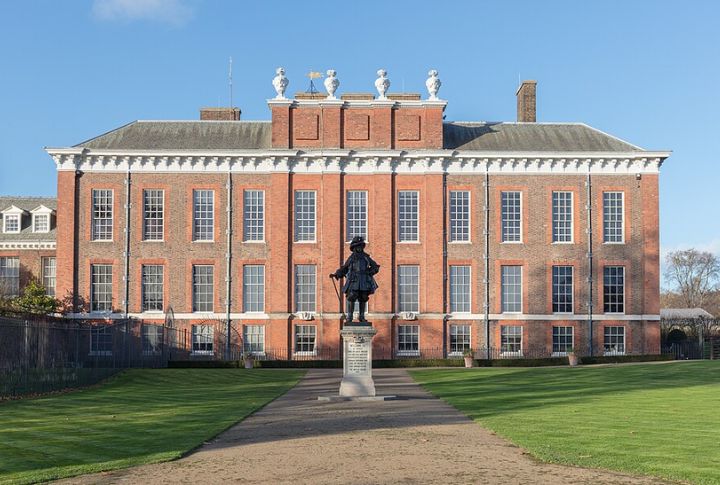
Who lives behind the red brick? For years, Kensington Palace shaped the public image of modern royals. It’s where Diana lived, and it’s where William and Catherine raised their children early on. Located near central London, this palace blends visibility with controlled access, perfect for royals juggling public and private life.
St James’s Palace
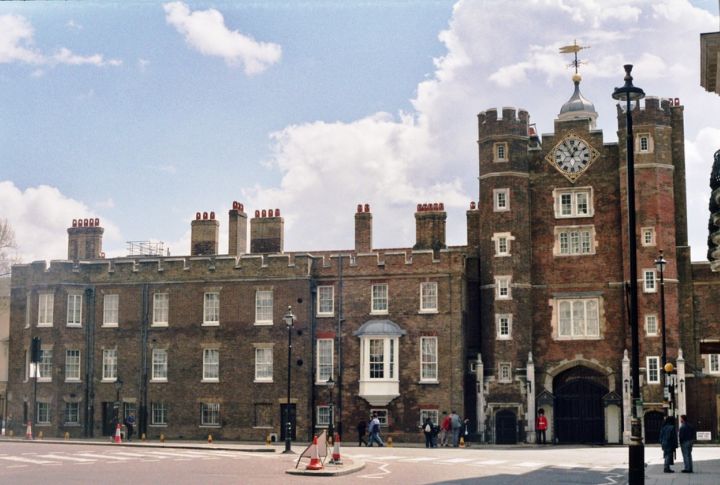
It might not host as many residents today, but St James’s Palace remains ceremonial ground zero. It’s the official court of the family. Ambassadors present credentials here, while proclamations echo from its courtyard. Though less photographed, it’s the royal family’s historical anchor in the heart of London. The architecture whispers of Tudor power.
Frogmore House
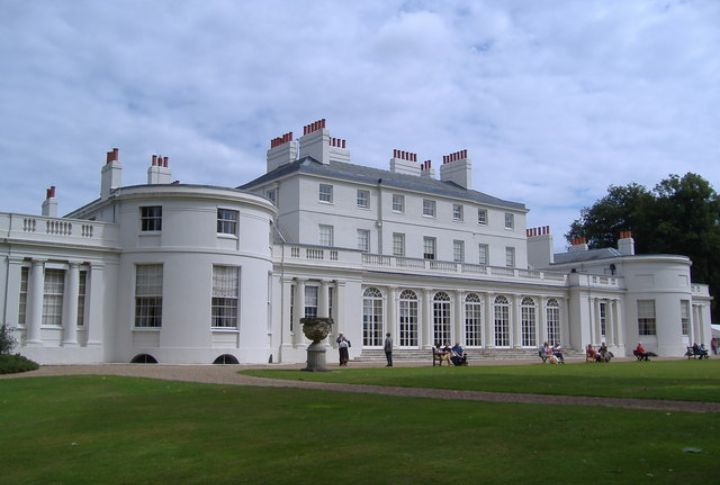
Set apart in Windsor Home Park, Frogmore House is more intimate than grand. Queen Victoria favored this house, which has hosted many royal picnics, wedding receptions, and occasional private events. Meghan and Harry’s wedding reception was held here. Its quiet charm and garden-surrounded footprint provide low-key luxury suited for private family moments.
Hillsborough Castle
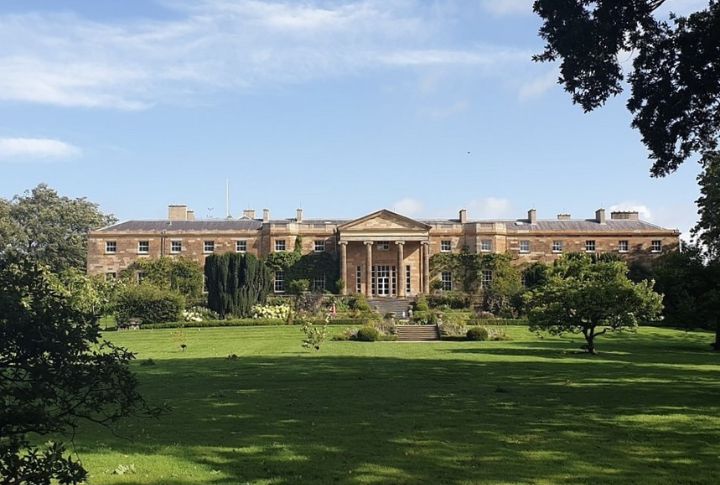
Located in Northern Ireland, Hillsborough Castle serves a distinct diplomatic role. It’s not a family getaway. It’s a political base used during royal visits to the region and accommodates ceremonial duties and meetings. The Castle’s placement reflects the monarchy’s role across the four nations, not just in England.
Holyroodhouse
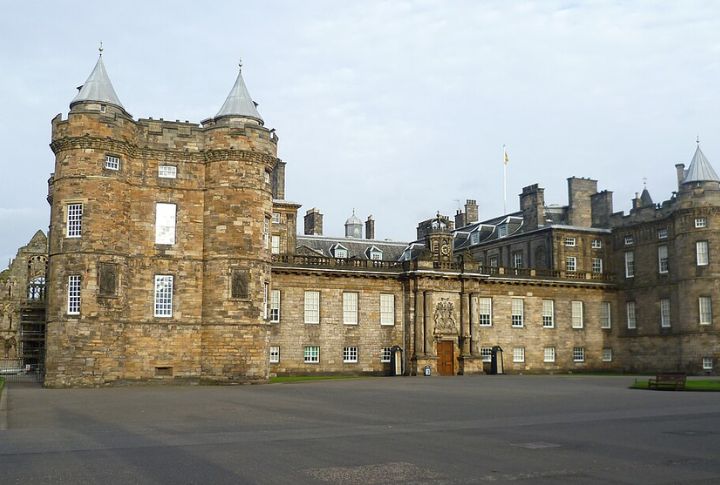
At the foot of Edinburgh’s Royal Mile lies the Palace of Holyroodhouse. This is the Crown’s official residence in Scotland. Royal Week events occur here, and guests arrive through cobbled courts. Once home to Mary, Queen of Scots, it links the monarch to centuries of Scottish heritage and ceremonial tradition.
Llwynywermod

Ever heard of Llwynywermod? Inside the Welsh countryside, this organic-style residence belongs to King Charles. Purchased through the Duchy of Cornwall, it reflects his environmental values. The house isn’t grand but purposeful. Llwynywermod serves as a personal base during Welsh engagements and rural downtime away from larger estates.
Bagshot Park
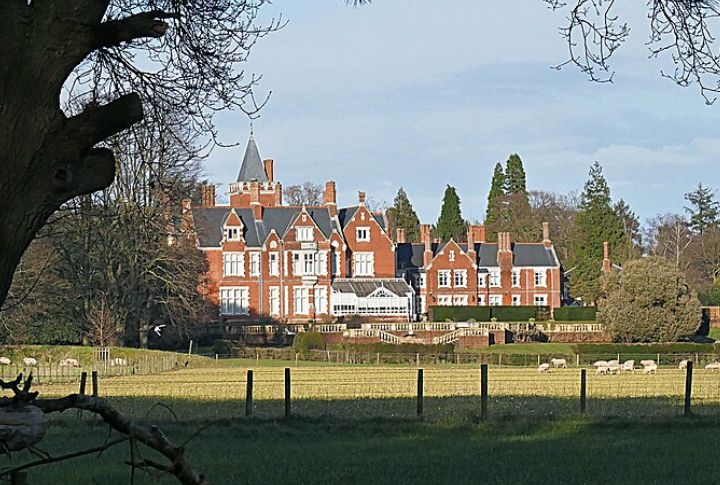
Secluded within Surrey, Bagshot Park houses Prince Edward and Sophie, Duchess of Edinburgh. This house sits within secure parkland near Windsor. It supports their working roles while allowing family life to flourish. The home’s size and location provide privacy without isolation, which makes it ideal for low-key senior royals.
Barnwell Manor
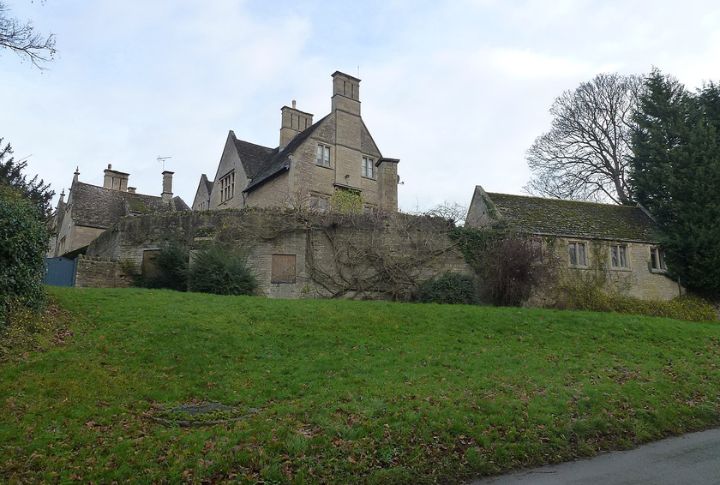
Once the residence of the Duke and Duchess of Gloucester, Barnwell Manor is now leased out. Located in Northamptonshire, it offered a practical base for working royals without the publicity of London. Its Tudor revival charm and agricultural surroundings once made it a comfortable yet functional private dwelling.
Gatcombe Park
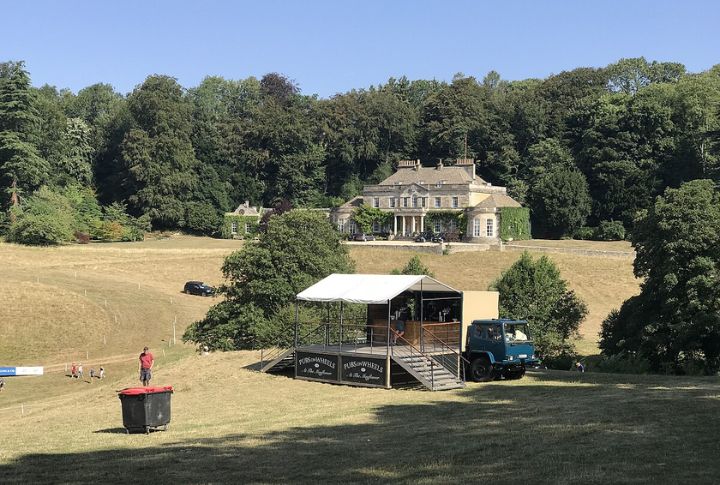
Gatcombe Park is designed around function and personal passion rather than royal events or diplomatic obligations. Gifted by the Queen, it belongs to Princess Anne and remains her countryside retreat. The equestrian facilities here suit her sporting interests while avoiding the fanfare surrounding other estates.
Anmer Hall

Ever wonder where Prince William and Catherine truly found peace? Anmer Hall was their answer. Given by Queen Elizabeth, it provided them with space during early parenthood. Located on the Sandringham Estate, the home balances rural charm with access to royal infrastructure. It helped them build a life away from flashbulbs.
Birkhall
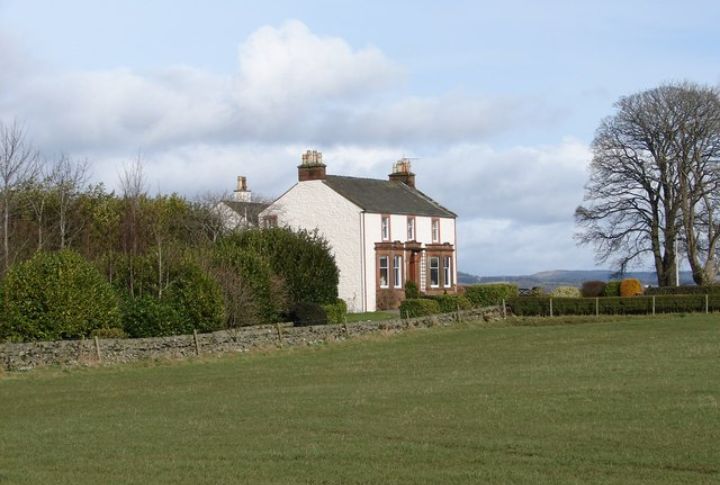
Birkhall used to be the Queen Mother’s residence. It neighbors Balmoral but moves at a gentler pace. King Charles values Birkhall’s reserved atmosphere, which reflects his peaceful lifestyle and environmental values. Unlike Balmoral’s grandeur, Birkhall feels personal and intimate, offering a warm, lived-in charm—more like a cottage than a castle.
Royal Lodge
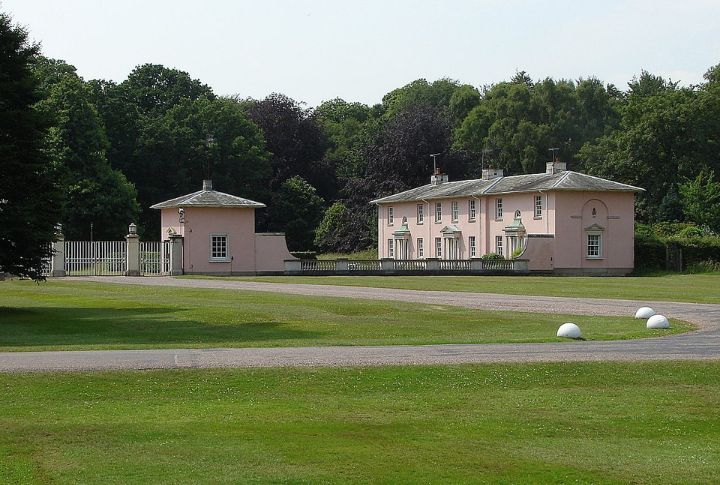
Deep within Windsor Great Park lies Royal Lodge, home to Prince Andrew. Once the Queen Mother’s residence, it now serves as a private estate rather than a working royal venue. The grounds provide significant seclusion. Though it garners attention, the estate itself is shielded from daily royal operations.
Fort Belvedere
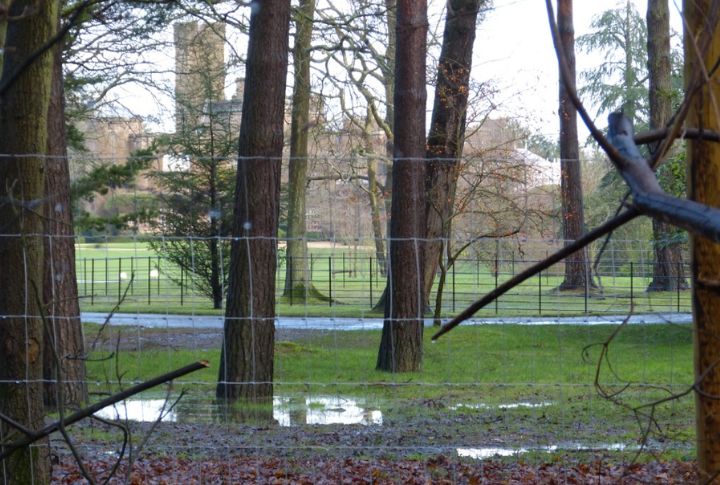
Once home to Edward VIII during his short reign, Fort Belvedere became infamous after his abdication. It is now leased but remains part of the Crown Estate holdings. The property’s architecture, strategic location, and wartime past give it a unique aura. Although its role may have faded, the fort’s legacy goes on.
Thatched House Lodge

This lesser-known gem in Richmond Park is home to Princess Alexandra. With a thatched roof and a romantic English garden, the home looks lifted from a period film. Despite its storybook look, it’s a functional royal residence. The home’s proximity to London allows senior royals to stay active yet discreet.
Craigowan Lodge
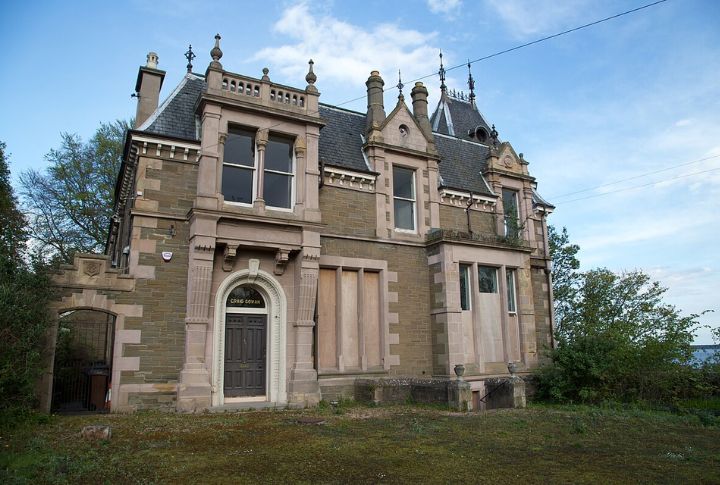
A seven-bedroom stone lodge near Balmoral, the Craigowan Lodge was favored by Queen Elizabeth II in early summer. Before Balmoral opened fully, this lodge served as a stepping stone into Highland life. Staff affectionately called it the “backdoor to Balmoral.” It was simpler, cozier, and perfect for unofficial downtime.

